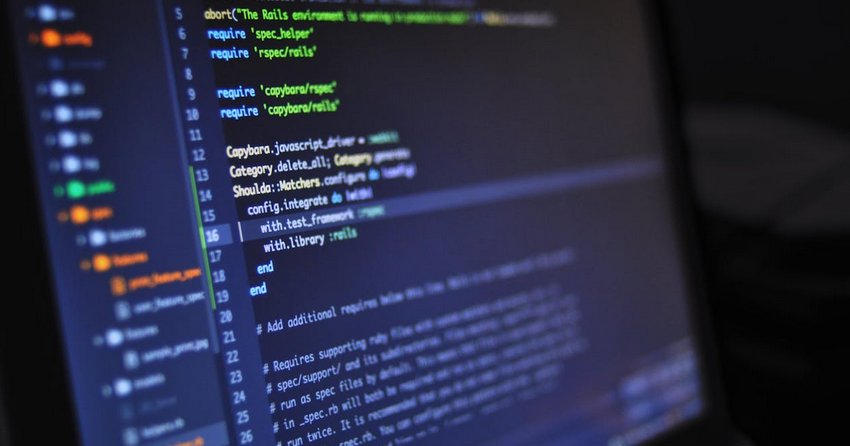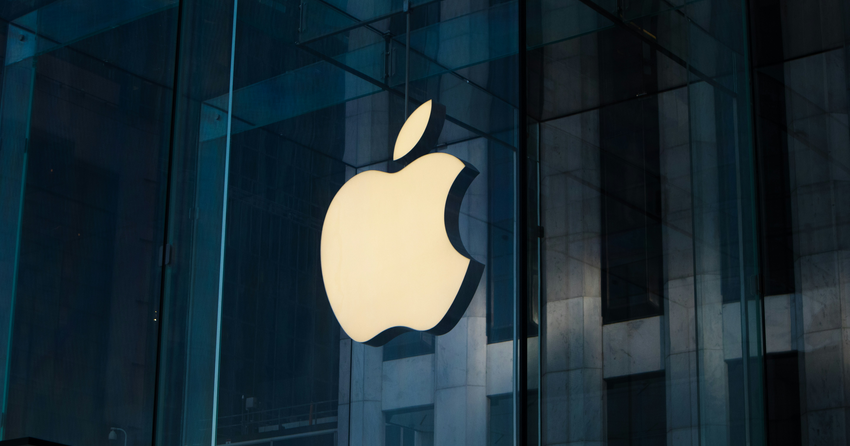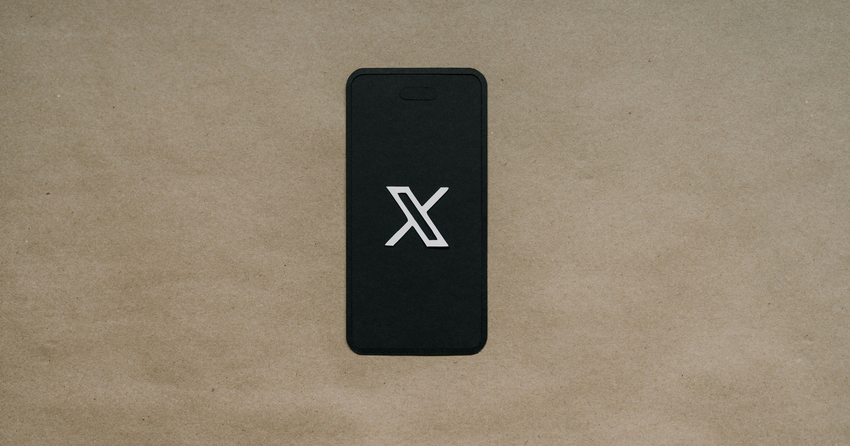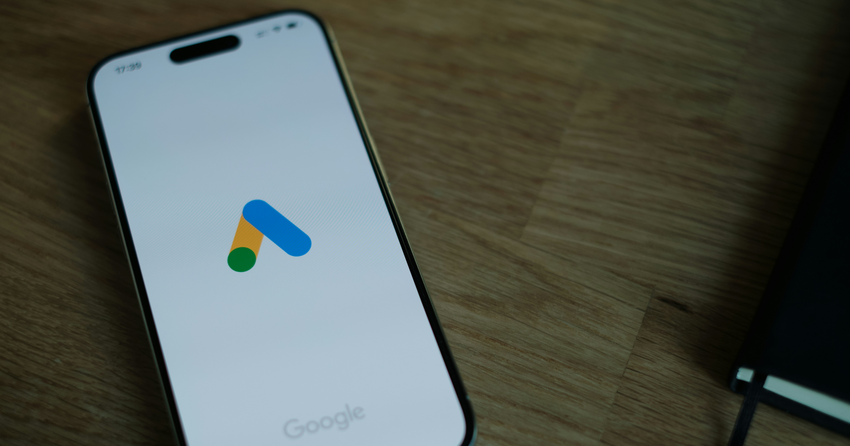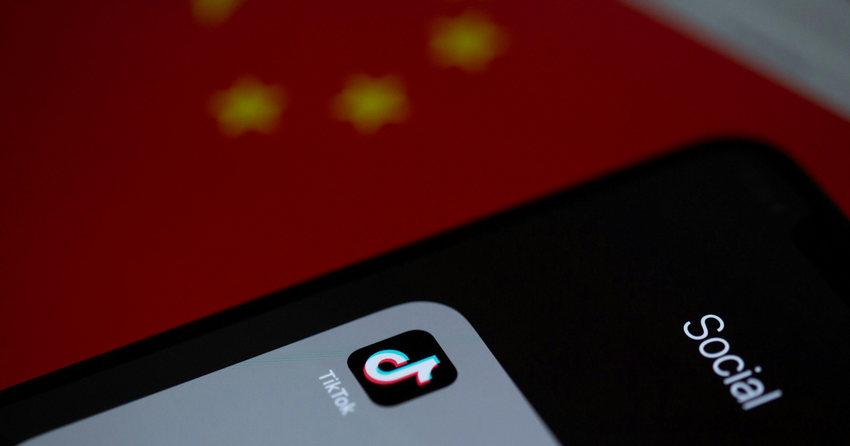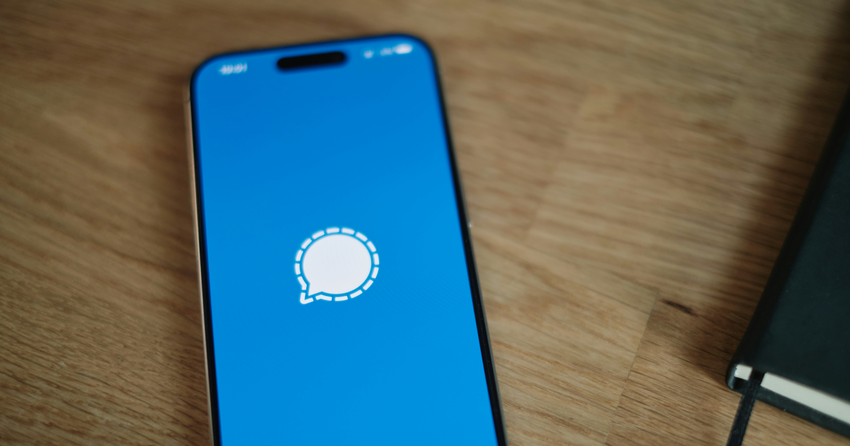
Meta Releases Human-Like AI Image Tool
Meta unveiled its latest AI tool: a “human-like” model for image creation. The Image Joint Embedding Predictive Architecture (I-JEPA) is the first-ever model based on Meta’s Chief AI Scientist Yann LeCun’s vision of making AI more human-like.
LeCun wanted to create machines that could learn in a way similar to humans. The human component in this method lies in the fact that humans acquire massive background knowledge by just passively observing the world. Based on past research, learning new concepts and planning ahead is the key enabler of intelligent behavior. So far, I-JEPA has shown a stronger performance on various computer vision tasks than existing models.
Similarly, I-JEPA relies on background knowledge about the world to create an internal model of the outside world. According to Meta, this unique way of learning allows the model to better perform in analyzing and completing unfinished images compared to similar models trained with the same amount of data and for the same amount of time.
Rather than looking only at pixels as other generative AI models do, I-JEPA can fill any missing parts of an image by looking at the other parts of the image or text and, based on that information, predict the missing parts.
This unique approach to learning and execution eliminates some errors commonly seen on AI-generated images, like hands with extra fingers or “other glaring errors,” Meta explains.
Meta intends to apply JEPA’s approach to other categories, including image text and video data. “This is an important step towards applying and scaling self-supervised methods for learning a general model of the world,” the company explains.
Meta is making components of I-JEPA available to outside researchers as part of its strategy to drive innovation, fill safety gaps, and lower costs by using open-source channels.
Meta is just another big name on the long list of companies exploring new ways to revolutionize image creation and editing with the help of AI. In late March, Microsoft introduced Bing Image Creator, an AI tool that can create images from text.
Just days ago, Adobe introduced Generative Fill in Photoshop, an AI-powered tool that allows users to add, remove or extend content from images in Photoshop.




